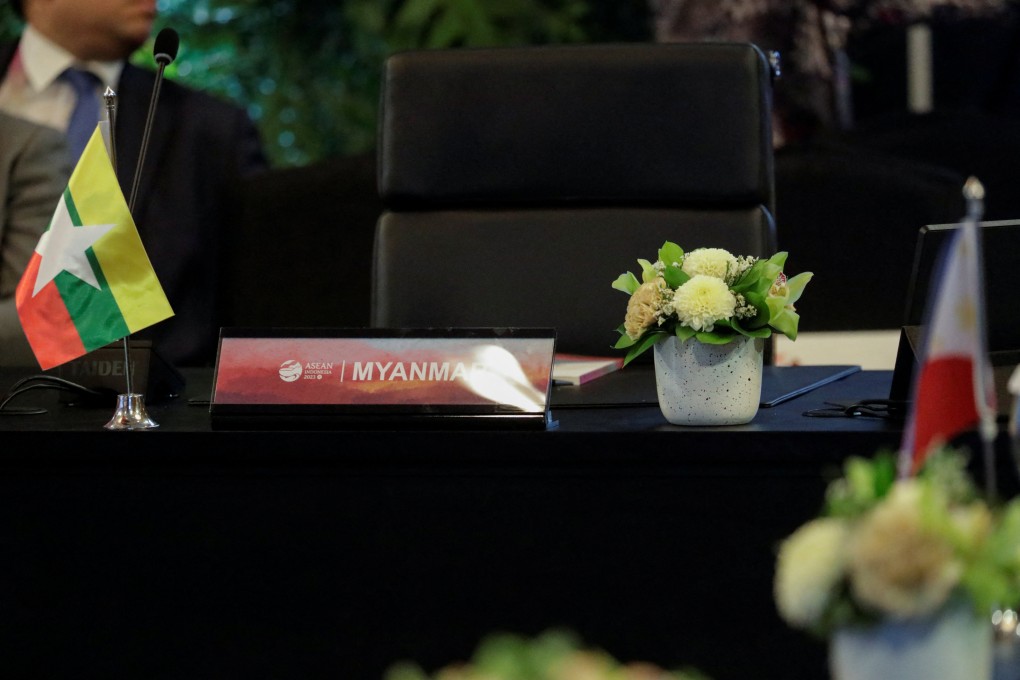Advertisement
Opinion | Global crises and internal strife mean Asean must shift focus to long term
- A web of global crises has challenged the very foundations of the global economic order, forcing Asean and its member states to change strategy
- By looking long-term and strengthening regional integration, Asean can strike a balance between addressing immediate crises and pursuing sustainable growth
Reading Time:4 minutes
Why you can trust SCMP
0

On July 25, the International Monetary Fund estimated that the global economy would perform better than expected for the rest of 2023. Closer to home, there are predictions expressing optimism Southeast Asia will experience economic growth that surpasses much of the rest of the world.
Despite its optimism, however, the IMF also warned that “the balance of risks to global growth remains tilted to the downside”. This cautious optimism is an acknowledgement of the multiple headwinds the world is facing, mired as it is in several simultaneously occurring global crises, which some have termed a “polycrisis”.
These include the growing US-China rivalry, Russia’s invasion of Ukraine, economic uncertainties, supply chain disruptions and rising inflation. On top of that, the world is still recovering from the health, social and economic consequences of the Covid-19 pandemic, while striving to reinforce climate action commitments.
This web of global crises is challenging the very foundations of the global economic order. The world might not return to the way it was before the pandemic. This means that the Association of Southeast Asian Nations (Asean) and its member states must change their strategies and focus on the long term.
These multiple global crises must serve as a catalyst for change for nations in Asean and the wider Asian region. Transformative responses from governments and businesses alike are needed. These issues will be explored at the Asean and Asia Forum, a flagship conference convened by the Singapore Institute of International Affairs this week.
For Southeast Asia, these global crises provide a silver lining. In particular, Thailand, Malaysia and Vietnam have benefited from multinational companies shifting their manufacturing activities there, as part of their “China+1” strategy to diversify their risks amid the US-China rivalry.
Advertisement

